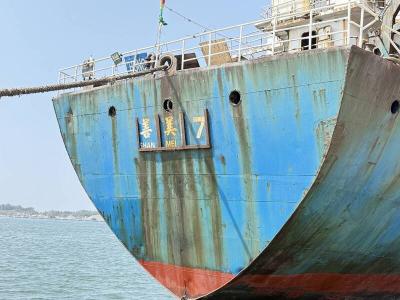An international meeting on coral reef observatories held in southern Taiwan concluded on Friday that a global sensor network for monitoring coral reef ecosystems should be set up to better conserve ocean habitats threatened by global warming.
The Global Coral Reef Environmental Observatory Network (CREON) Integration Meeting was attended by some 60 scientists and engineers from Taiwan, the US, Australia, Japan, South Korea, Malaysia, Thailand and Costa Rica.
CREON, an association striving to design and build marine sensor networks, held the meeting with the Pacific Rim Applications and Grid Middleware Assembly, an internationally renowned grid community with rich expertise in resources, bioscience, telescience and geoscience.
High-tech sensor networks combine data and information collected through remote satellite measurement, early warning systems and monitoring stations in oceans, allowing researchers to review coral reef ecosystems in real time and in different dimensions such as 3D.
The meeting reviewed the performance of sensor networks deployed in coral reef areas in the Great Barrier Reef in Australia, Moorea in French Polynesia, and the Houbihu (
A sensor network was deployed in Kenting's coral reef area a few years ago by a research team of Kenting's National Museum of Marine Biology, with the help of CREON. The team has wide experience in coral reef conservation.
Kenting's coral reefs had an average coverage of 40 percent after last year's reef bleaching crisis. Other coral reef areas in Pacific and Indian oceans had coverage of only 20 percent on average after the bleaching crisis.
Other conclusions reached include designating the Houbihu area as a reference resource in conservation, and holding a meeting every year in Kenting to integrate data and information.

An undersea cable to Penghu County has been severed, the Ministry of Digital Affairs said today, with a Chinese-funded ship suspected of being responsible. It comes just a month after a Chinese ship was suspected of severing an undersea cable north of Keelung Harbor. The National Communications and Cyber Security Center received a report at 3:03am today from Chunghwa Telecom that the No. 3 cable from Taiwan to Penghu was severed 14.7km off the coast of Tainan, the Ministry of Digital Affairs said. The Coast Guard Administration (CGA) upon receiving a report from Chunghwa Telecom began to monitor the Togolese-flagged Hong Tai (宏泰)

EVA Air is prohibiting the use of portable chargers on board all flights starting from Saturday, while China Airlines is advising passengers not to use them, following the lead of South Korean airlines. Current regulations prohibit portable chargers and lithium batteries from check-in luggage and require them to be properly packed in carry-on baggage, EVA Air said. To improve onboard safety, portable chargers and spare lithium batteries would be prohibited from use on all fights starting on Saturday, it said. Passengers are advised to fully charge electronic devices before boarding and use the AC and USB charging outlets at their seat, it said. South

WAR SIMULATION: The developers of the board game ‘2045’ consulted experts and analysts, and made maps based on real-life Chinese People’s Liberation Army exercises To stop invading Chinese forces seizing Taiwan, board gamer Ruth Zhong chooses the nuclear option: Dropping an atomic bomb on Taipei to secure the nation’s freedom and her victory. The Taiwanese board game 2045 is a zero-sum contest of military strategy and individual self-interest that puts players on the front lines of a simulated Chinese attack. Their battlefield game tactics would determine the theoretical future of Taiwan, which in the real world faces the constant threat of a Chinese invasion. “The most interesting part of this game is that you have to make continuous decisions based on the evolving situation,

Actor Lee Wei (李威) was released on bail on Monday after being named as a suspect in the death of a woman whose body was found in the meeting place of a Buddhist group in Taipei’s Daan District (大安) last year, prosecutors said. Lee, 44, was released on NT$300,000 (US$9,148) bail, while his wife, surnamed Chien (簡), was released on NT$150,000 bail after both were summoned to give statements regarding the woman’s death. The home of Lee, who has retreated from the entertainment business in the past few years, was also searched by prosecutors and police earlier on Monday. Lee was questioned three